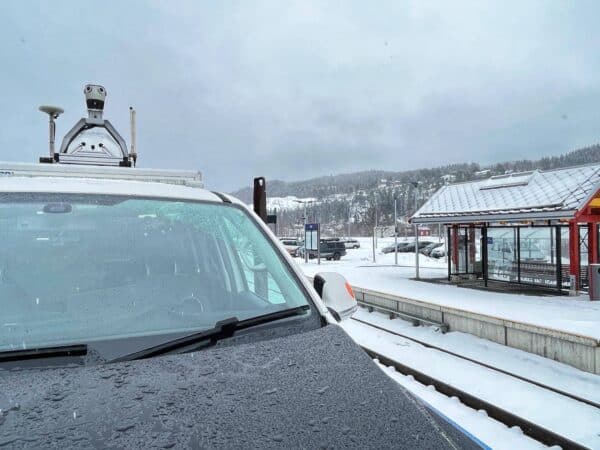
Field scans non-electrified railroads in Norway with MMS
Customer success story: Field builds innovative MMS with Mosaic X and LiDAR to scan railways in Norway with high precision.
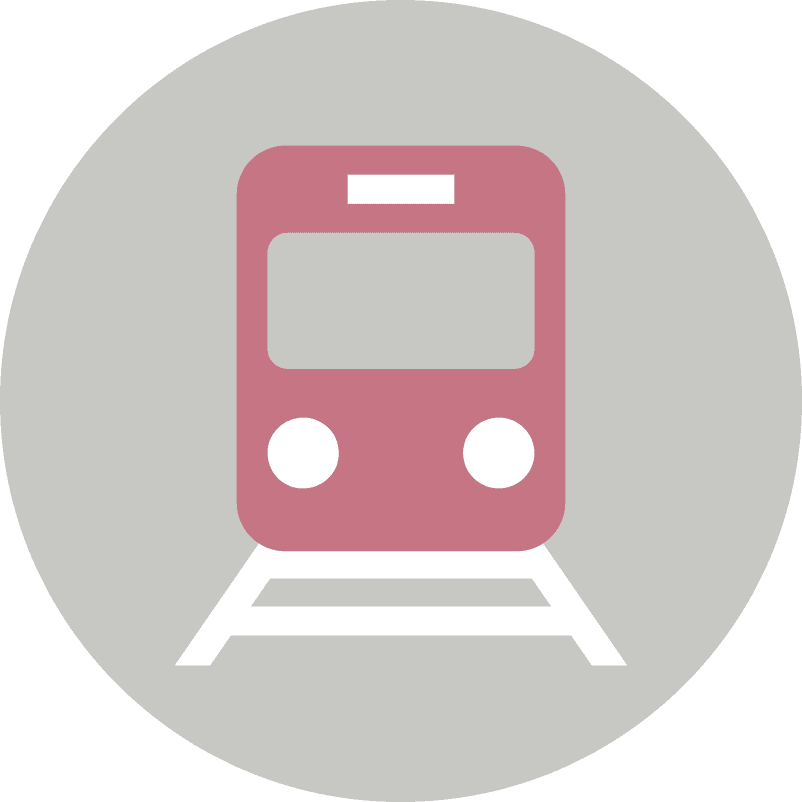

Using Mosaic 360° cameras to gather data with sub-centimeter accuracy required by rail authorities.

Customer success story: Field builds innovative MMS with Mosaic X and LiDAR to scan railways in Norway with high precision.
360° cameras on trains are helping railways stay up-to-date, safe, and efficient.
Mobile mapping is not restricted to automobiles and roads. Railway companies are also using mobile mapping 360 cameras such as the Mosaic 51 aboard their railways in order to map their train tracks.
Due to the nature of trains and train routes, they can greatly benefit from the use of mobile mapping 360° cameras.
The guaranteed frequency of the collection of images ensures that data is in real-time and allows the railway companies to stay on top of any potential damage to the railway tracks. Using LiDAR technology in combination with GNSS and IMU, they can precisely identify any harmful situations immediately and get to work to prevent prospective troubles. One such example is the ability to simulate potential tree fall situations around the tracks.
The continual streaming of updates about the conditions of the tracks are a cost-effective manner in which to monitor the rails as it requires no added work on the part of the railway company.
Learn about one Mosaic customer who scanned non-electrified railroads in Norway.
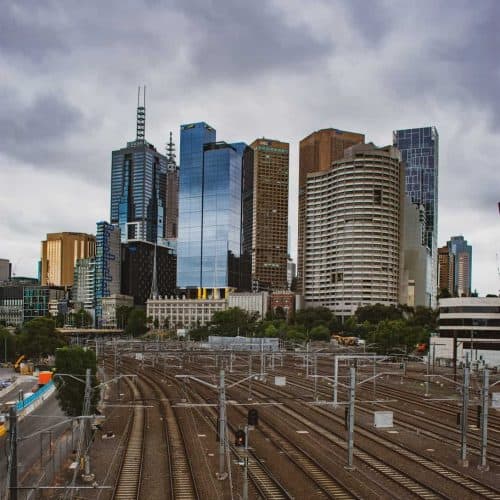
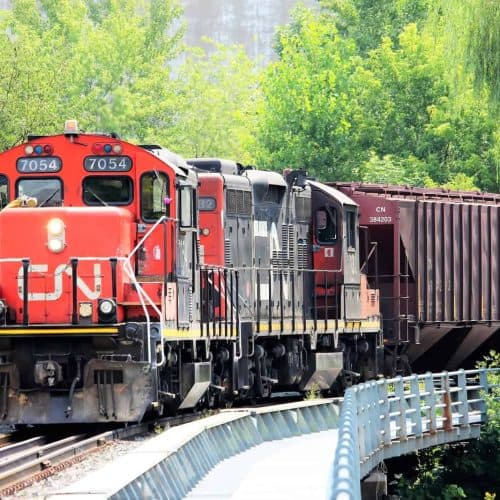
Mosaic 360 cameras can be mounted atop train cars allowing railways to capture important parameters such as the clearance profile, gauge of the track, superelevation, slopes and curves of the track. And thus railway companies are able to accurately provide the most current information for traffic on the railways.
The use of mobile mapping 360 cameras on or around railways and trains ensures that these signaling systems are monitored and kept in safe, working conditions at all times.
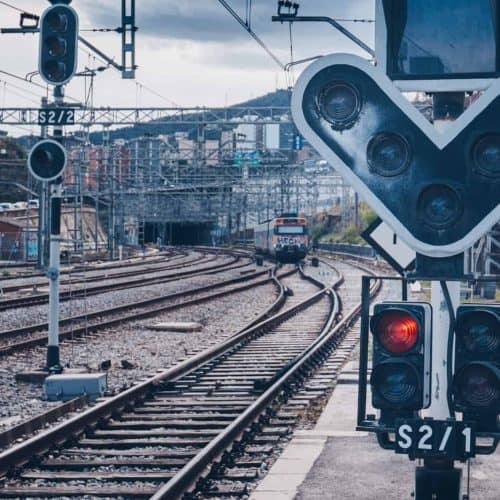
Product or partnership inquiries?
Interested in more info?
Send a request and we’ll be happy to help.

At Mosaic we are pushing the limits of HD mapping; our mission is to build a better view of the world.
Just like our cameras, our insights keep you up-to-date on Mosaic and the 360º world. Sign up to stay updated.

© 2020-2024 Mosaic. All rights reserved.
Branding & Design: Brandician